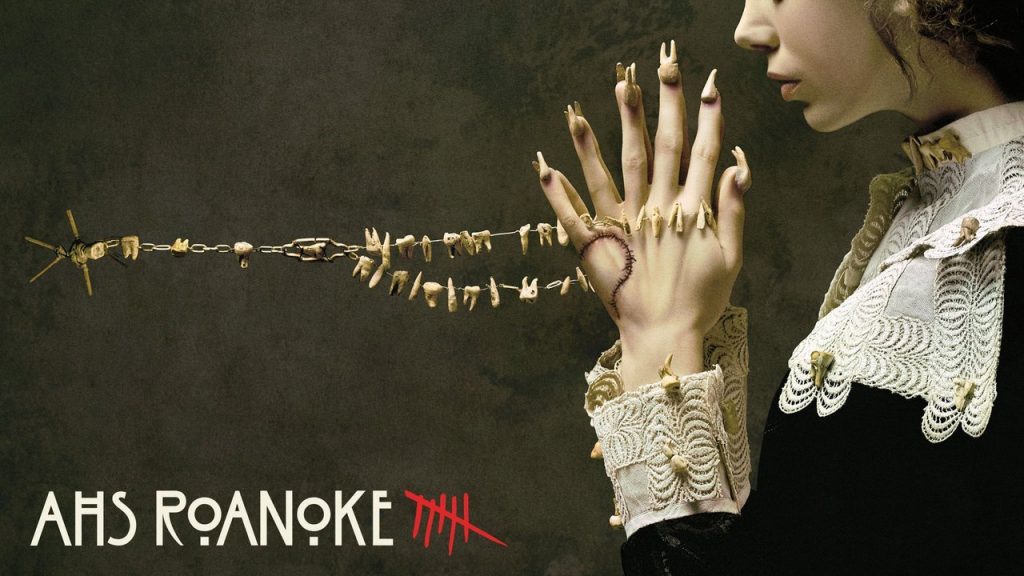
In television, the introduction of new characters and plot twists have to seem natural and relevant. “American Horror Story: Roanoke,” the sixth season of the horror series, proves that these techniques often take time to develop, but when they do appear, they can bring a show to life.
“American Horror Story: Roanoke” seems to have listened to past critiques of where previous seasons failed. Don’t get me wrong, each season of the show is great in its own way, but some have been more exciting than others. Because this is an anthology series, each season tells a different story. The third season, “American Horror Story: Coven,” had an emphatic eye on a charming aesthetic, but the plot was often at a standstill due to irrelevant characters. The season after that, “American Horror Story: Freak Show,” seemed overwhelmed and packed to the brim with an ensemble cast.
“American Horror Story: Roanoke” corrects where the show has gone wrong in the past. In addition, the latest season also established that the series takes place in its own universe, only slightly different than ours.
The whole season is a play on the found footage technique often done in horror films. The first half of “American Horror Story: Roanoke” is focused on the interviewing of Shelby and Matt Miller, a married couple (played by Lily Rabe and Andre Holland, respectively) that outbids a family for what turns out to be a house on extremely haunted land. They live in the house with Matt’s sister, Lee Harris, played by Adina Porter. While the trio tell their stories of living on the cursed land, we are provided with a re-enactment of their tales through a separate cast.
Around halfway through the season, suspicions are confirmed that within the re-enactments, we are actually watching a show within a show. These are actually a part of “My Roanoke Nightmare,” a reality show in the “American Horror Story” universe.
Porter’s portrayal of Lee seems emotionally frigid in the beginning of the season, but her characterization makes sense once we realize she is a famous reality star. In the second half, she battles for custody of her daughter, Flora, and in the finale, her daughter testifies against her for murder. In the bittersweet last five minutes of the season, Flora and her mother share an emotional scene that acts as closure for the suffering mom, as well as the viewers.
The plot is complex and unable to be concentrated into a few sentences, but every loose end is tied by the end of the show. Horror movie buffs, who in the past would have scoffed at the glamorized, sex-laced gore that seemed to plague previous plots, would appreciate the complexity and usage of common tropes in the genre.
Above all, the pacing is considerably more consistent compared to past seasons. My biggest compliment goes to the casting choices. The last season, “American Horror Story: Hotel,” had an awkward fixation on Lady Gaga and Cheyenne Jackson’s characters. Here, Lady Gaga guest starred as Scathach, an ancient witch, while Jackson played the heartless producer of “My Roanoke Nightmare.”
If “American Horror Story: Roanoke” is any indication of how later seasons will be executed, then producer Ryan Murphy made make fans for life.


